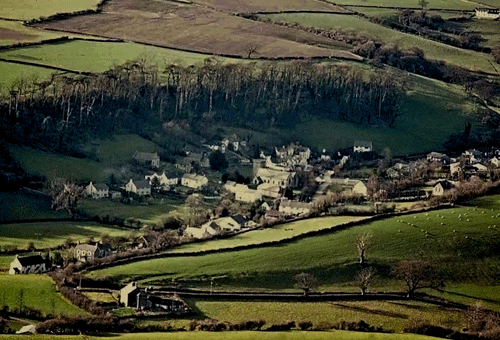Gelligaer
005 Central Open Common

HLCA 005 Central Open Common
Cross dykes; Roman road, ridge and furrow, quarrying. Back to Map
Historic Background
The historic landscape area of the Central Open Common is characterised similarly to HLCAs 006 and 003. However, it contains at least three cross dykes, which are unique to this part of Gelligaer Common and the Roman road, which the dykes cut at right angles. The area has evidence for former arable farming in the form of the shallow earthworks of ridge and furrow, which interestingly is not evident to the north in character area HLCA 006. The dykes are unexcavated and undated, though their purpose seems to have been to demarcate and subdivide distinct tracts of the upland moorland, demonstrating a level of social organisation in land partition. The area has also been subject to considerable small-scale quarrying mainly for the local Pennant sandstone for use in buildings and enclosure walls. The area is crossed by a major gas pipe-line of the 1980s, which has left a swathe of green improved pasture, which is totally incongruous to the Common. This swathe has attracted a variety of leisure pursuits, such as horse galloping and golf. This narrow strip of unenclosed upland moorland with its rough pasture is currently used for the grazing of sheep and ponies, and in places it is distinctively dominated by gorse.
Historic Landscape Characteristics
The area is characterised as a narrow strip of open common similar to the area both to the north and south. However, this area is notable for the early quarrying evidence, the major Roman road and a number of cross-dykes, which suggest early land organisation and exploitation in the area, which may be associated with the shallow remains of ridge and furrow.